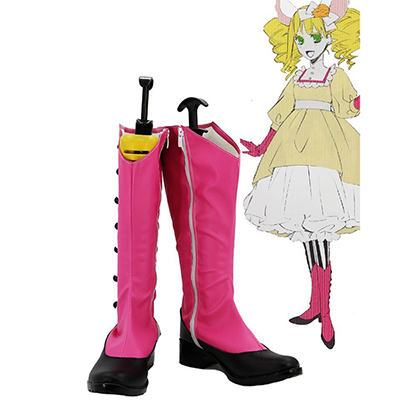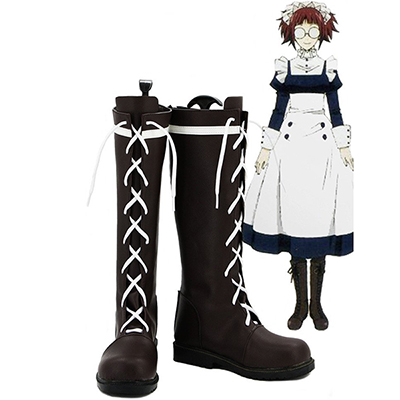Upon reaching the top Bayonetta finally meets Father BalderPublisert: tirsdag 14. februar 2017
Upon reaching the top, Bayonetta finally meets Father Balder, the last of the Lumen Sages. Balder reveals he is Bayonetta's father, and that he plans to reunite the three universes by resurrecting Jubileus, the Creator; however, since Bayonetta could not remember her past, Cereza was sent back to her to help her remember, allowing Balder to use her as the "left-eye" Devil May Cry Kostymer After making a time portal to return her younger self home, Bayonetta returns to the present, only to collapse after regaining her memory; seemingly unharmed, Balder transports himself and the unconscious Bayonetta towards the statue on top of the tower, beginning the resurrection of Jubileus. As the statue launches into space, Jeanne reappears after earlier escaping both death and Balder's control narrowly. She ascends the launching statue on her motorcycle by riding along the surface; after reaching Bayonetta, she saves her, only for Jubileus to come alive Cosplay Norway Hideki Kamiya directed development of Bayonetta at PlatinumGames since January 2007, and the game was "more-or-less complete" by October 21, 2009. The group developed for Microsoft's Xbox 360 game console, while Sega—with Platinum Games's original data and support— handled Nex Entertainment to port the game to Sony's PlayStation 3.Kamiya had worked on previous games such as Devil May Cry, Viewtiful Joe, Resident Evil and its sequel, and as such, the game makes occasional references to these games, as well as other Clover Studios titles and various Sega franchises, such as a minigame inspired by Space Harrier. Mari Shimazaki designed the game's characters to be "fashionable", with "subdued" features. She designed the titular character to fulfill Kamiya's request for a modern, female witch that wears glasses and wields four guns, and the two settled on her original concept for the character despite her work "over a year" on other concepts.Bayonetta emerged as a long-haired, black-clothed witch with a beehive hairdo (in place of the traditional pointy hat) and glasses (which Kamiya "really pushed for ... to differentiate Bayonetta from other female characters and give her a sense of mystery and intelligence").Conversely, Shimazaki "didn't require a huge amount of effort" to design Bayonetta's short-haired, red-clothed rival Jeanne, who merely wears her glasses on her head above her eyes. She added plumes to Jeanne's handguns to add movement to the design, and thick makeup to Jeanne's face to "make [her] feel like something out of the 1960s" Dragon Nest Kostymer |












